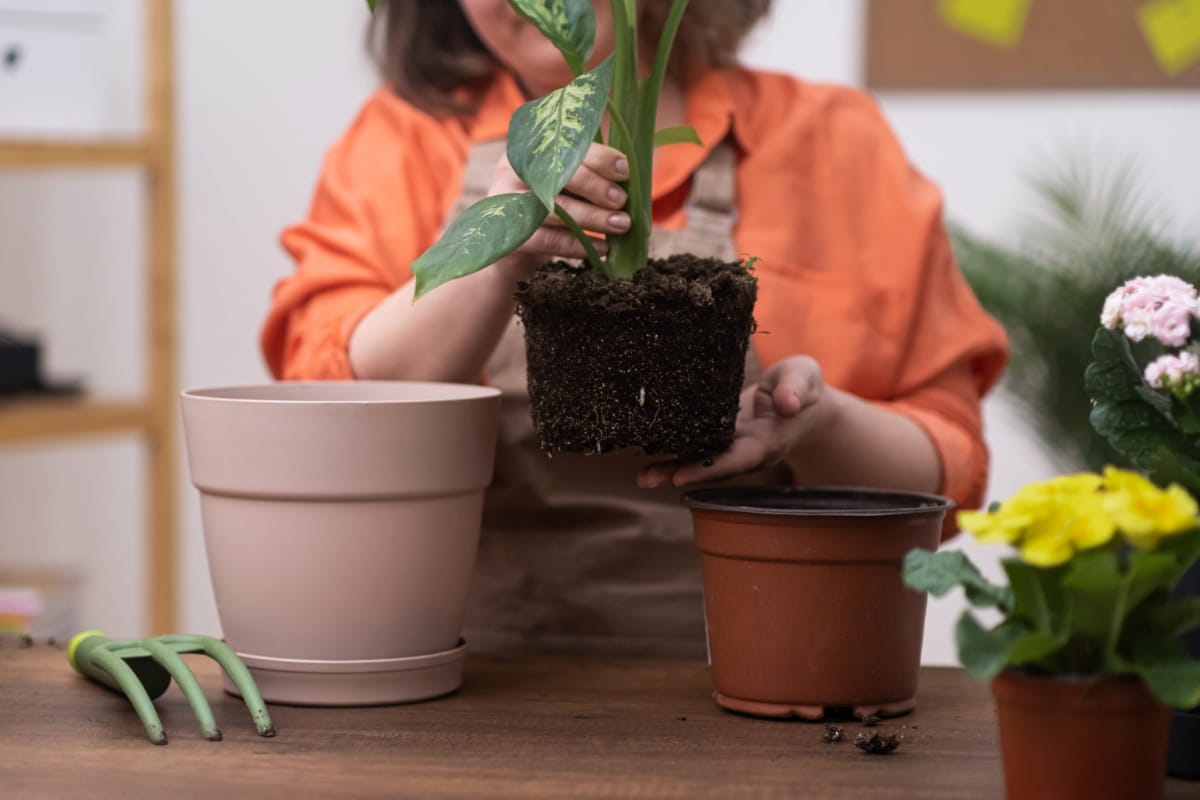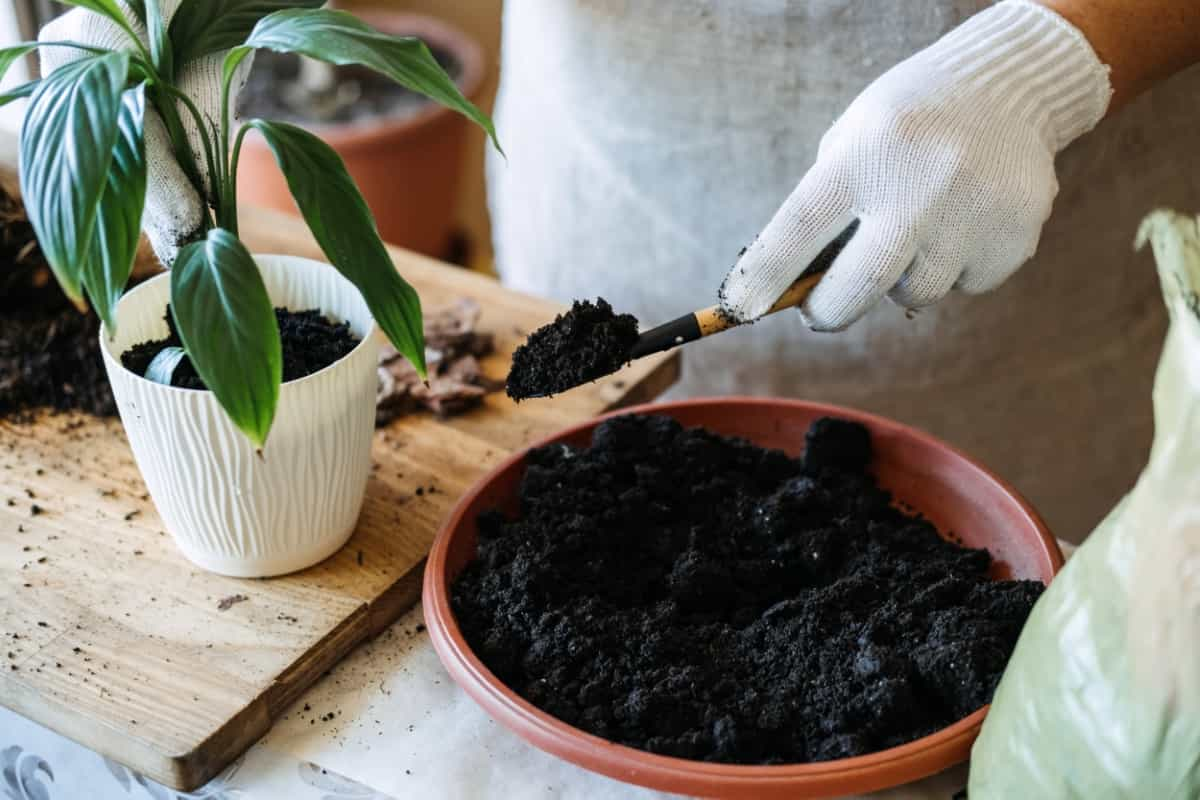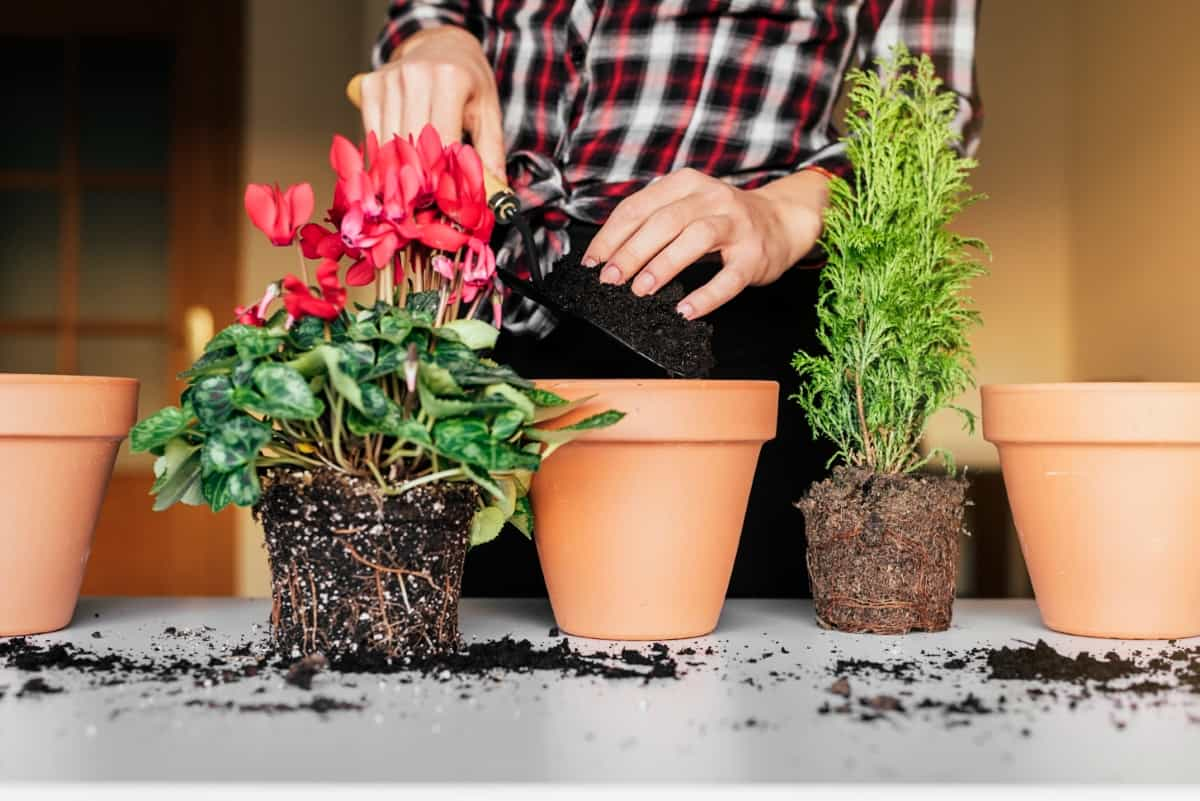Transplant shock in plants is a common occurrence that poses a significant concern to many garden enthusiasts and professional horticulturists. It is a form of stress resulting from a shift in the plant’s environment—specifically when it is moved from its original spot to a new location. This shift can cause visible signs of transplant shock, like wilting, yellowing, or browning of leaves, slowed growth, and in severe cases, death. Therefore, it becomes crucial to understand how to treat plant transplant shock and help plants recover from it.

Whether using transplant shock fertilizer, sugar water for transplant shock, or applying Epsom salt for transplant shock, it is possible to mitigate the damaging effects and promote healthy growth. Remember, how long it takes for a plant to recover from transplant shock can vary depending on the severity of the shock and the steps taken to alleviate it. Hence, preventing transplant shock remains the best approach.
How to Fix Transplant Shock in Plants
Understanding the Causes and Symptoms of Transplant Shock in Plants
Transplant shock is primarily triggered when a plant is moved from one environment to another, disturbing its root system and interfering with its ability to absorb water and nutrients. The plant may lose significant portions of its root system during this process, causing stress. Signs of transplant shock include wilting or drooping leaves, yellowing or browning of foliage, stunted growth, and in extreme cases, plant death. It’s important to recognize these symptoms early to address the issue and prevent further damage promptly.
Steps to Take When Plants Show Signs of Transplant Shock
When your plant displays signs of transplant shock, swift action can mean the difference between life and death for your green friend. The first step is to ensure the plant is watered adequately but not overly since overwatering can lead to other complications like root rot. Then, consider the use of a transplant shock fertilizer. Fertilizers high in phosphorus can promote root development and aid in recovery. However, following the manufacturer’s instructions carefully is essential to avoid over-fertilization, which can burn the roots and exacerbate the situation.
How to Revive Plants Suffering from Transplant Shock
Reviving a plant from transplant shock requires consistent care and patience. Keep the plant stable without exposure to harsh weather conditions or dramatic temperature shifts. Then, ensure the soil is well-draining to prevent waterlogging. Also, maintaining a regular watering schedule is vital to keep the plant hydrated but not waterlogged. Light pruning can also help the plant recover by reducing the amount of foliage it needs to support, thus allowing it to focus energy on root growth and recovery.
In case you missed it: When to Transplant Lettuce Seedlings: 10 Points Checklist

Effective Methods for Treating Transplant Shock in Plants
There are various effective methods to treat plant transplant shock. One common method is using sugar water for transplant shock. Sugar water provides the plant with a quick energy source, helping it recover faster. Another effective treatment is Epsom salt for transplant shock. Epsom salt, rich in magnesium, can help plants produce chlorophyll more efficiently, promoting recovery. Other methods include using a root stimulator or a transplant shock fertilizer to encourage root growth and development.
Natural Remedies for Fixing Transplant Shock in Plants
There are also natural remedies for treating transplant shock. For instance, compost tea—a nutrient-rich liquid made by steeping compost in water—is excellent for promoting plant health and recovery. Additionally, using sugar water for transplant shock can be a natural remedy. Epsom salt for transplant shock is another natural treatment that aids in chlorophyll production.
Preventing and Managing Transplant Shock in Garden Plants
The best way to deal with transplant shock is to prevent it in the first place. Proper transplanting techniques, such as digging a wide hole, maintaining as much of the root ball as possible, watering thoroughly after transplanting, and avoiding transplanting during extreme temperatures, can significantly reduce the chances of transplant shock. Also, remember that a well-cared-for plant is less likely to suffer severe transplant shock than a neglected one.
Tips for Recovering Plants Experiencing Transplant Shock
Remember that how long it takes for a plant to recover from transplant shock can vary when it comes to recovery. Providing adequate watering, protecting the plant from harsh environmental conditions, using transplant shock fertilizer, and applying Epsom salt for transplant shock can all contribute to a faster recovery. Monitor the plant’s progress regularly and adjust your care routine to promote recovery.
Promoting Plant Recovery After Transplant Shock
Promoting plant recovery after transplant shock involves creating an environment conducive to growth and health. This involves maintaining a consistent watering schedule, ensuring the plant receives the right light, and protecting it from extreme temperatures and harsh weather conditions. Applying a transplant shock fertilizer can help provide the plant with essential nutrients for growth and recovery.
In case you missed it: When to Transplant Cucumber Seedlings: 9 Things to Check Before Your Start Growing

Expert Advice on Overcoming Transplant Shock in Different Plant Species
Different plant species have varying resilience levels to transplant shock, so it’s vital to understand the specific needs and sensitivities of the plants you’re working with. Some plants, for instance, require more water than others, while others prefer specific soil types or pH levels. Researching and understanding these needs can go a long way in preventing transplant shock and aiding in recovery should it occur.
Common Mistakes to Avoid when Dealing with Transplant Shock in Plants
Common mistakes to avoid when dealing with transplant shock include overwatering, not considering the specific needs of the plant species, and neglecting to monitor the plant’s progress after transplanting. Another common mistake is not understanding how to treat plant transplant shock effectively. This could involve the improper use of remedies such as transplant shock fertilizer, Epsom salt for transplant shock, or sugar water for transplant shock. Understanding how these treatments work and how to apply them correctly is crucial.
Ensuring Optimal Soil Conditions to Aid Recovery
Another crucial step in handling transplant shock is ensuring your plant is in optimal soil conditions. The soil should be well-draining to prevent water-logging, which could further stress the plant. Also, the soil pH should be appropriate for the particular plant species.
In case you missed it: When to Transplant Pepper Seedlings: 10 Things to Check Before Your Start Growing

Different plants thrive in different pH levels, so ensuring the soil pH matches your plant’s needs can make a significant difference in its recovery process. Compost enriches the soil with essential nutrients, helping the plant to regain strength and vigor. Consider using a transplant shock fertilizer to further enrich the soil with the necessary nutrients.
Conclusion
Transplant shock in plants can be a significant issue, but it can be prevented, managed, and even reversed with the right knowledge and care. From understanding the signs of transplant shock to knowing how to treat plant transplant shock, these strategies can help ensure the success and health of your plants after they have been transplanted.
Remember the various methods and remedies available, including natural options like sugar water and Epsom salt and commercial products like transplant shock fertilizer. But above all, remember that prevention is the best cure, so strive to transplant your plants carefully and attentively to avoid shock in the first place.
- Feed Your Flock for Less: Top 10 Tips to Save on Chicken Feed
- Ultimate Guide to Ossabaw Island Hog: Breeding, Raising, Diet, and Care
- Hatching Answers: The Top 10 Reasons Your Chickens Aren’t Laying Eggs
- Eggs and Economics: Breaking Down the Cost of Raising Backyard Chickens
- Defend Your Greens: Proven Methods to Keep Iguanas Out of Your Garden
- Ultimate Guide to Cinnamon Queen Chicken: A Comprehensive Guide for Beginners
- Ultimate Guide to California Tan Chicken: Breeding, Raising, Diet, Egg-Production and Care
- Ultimate Guide to Marsh Daisy Chicken: Breeding, Raising, Diet, and Care
- 10 Types of Chicken Farming Businesses You Can Start for Profits